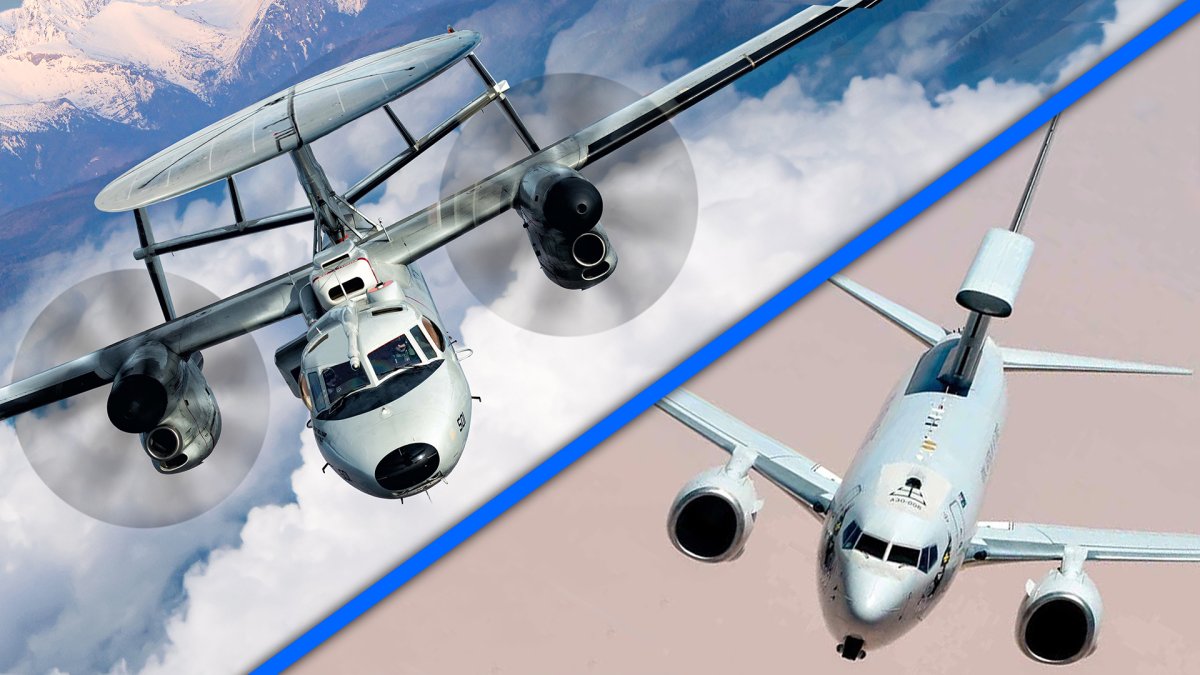More power than a legal CB radio in the US, as those are limited to 4 watts for AM/FM and 12 watts PEP for SSB transmission, not that I have ever heard of anyone hooking up an amp to a CB radio and getting an output into the kw range. Incidentally that may, or may not, overwhelm nearby electrical systems that are not sufficiently grounded or shielded.
It would also be entirely possible for someone to setup a ground-based transmitter and send a couple of kw of RF energy directly at a LEO AEW satellite to do interesting things to the satellite or even components like antennas.
Ha! Also it's not the 1960s, everyone seemingly these days has orbital capabilities and there could be mass adoption of antisat weaponry.
But that's the problem. Sats don't have unlimited power budgets. something like the E7 has a power budget in the many 100's of Kw, So several orders of magnitude greater, and can vary and direct that power with more focus and precision, and combine with superior processing, physically larger antenna arrays. Something like an E7 may be the idea platform to make sat based networks much more resilient. Its very much an enabler and complimentary.
While Canada is interested in the Bombardier, I don't see the US doing that.
There are already gulfstream AEW planes in existence, such as the EL/W-2085 based G550 and Gulfstream makes planes in the US, and is in service with the USAF, which actually acquired a ELW-2085 and modified it to be the NC-37b. There are 13 in operation, more than globaleye/Erieye. If they just wanted to downsize, then they could simply acquire that. It would still be more capable than E2s.
But that's the whole point of the E7, it's a much more capable plane than the E2/EL/W2085 or Globaleye, which while useful, is in a different class with much smaller manpower, more limited capabilities, limited endurance, less processing, smaller less powerful radar, etc.
Well the NG is out of sale to airlines it’s still an active line, And if Boeing did end the NG line they are still building Max variants which though troubled are a reengined version of the NG at heart. Combine that with the large existing fleet support. 737 NG parts and support would be plentiful well into the 2050s. Which again is why I don’t see a reason to jump down to the Bombardier.
South Korea, Australia have both put in new projects to replace their existing Wedgetail fleets. Its highly likely to develop a variation based on the airframe the p8 has. The E7 is based on the 700ER, the P8 on the 800ERX. They use the same engines already. Having increased commonality between them would be advantageous. Plus the P8 has external hardpoints and internal weapon spaces. Having the E7 able to launch drones, decoys or munitions could be a huge advantage. There was also talk about fitting a larger, even more powerful and sensitive radar. While internal spaces are likely going to be used, a lot of the P8 militarisation would be advantageous in a newer version. E7 development was before P8.
The Max is newer. But many of its modifications are not really of interest for military purposes. But instead of a 800, maybe a more military focused Max. Form a basis of a future P8 and E7 variant. However in the current environment, I don't see anything getting funded or happening.
Realistically the P8 and E7 might be the last planes of their type. They will probably have long service lives, 40+ years (maybe even 60+ years), and then be replaced by something completely different.

 www.twz.com
www.twz.com

